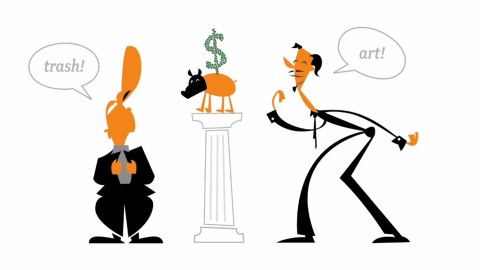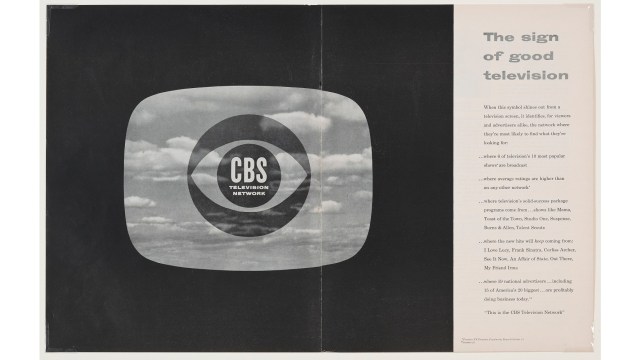WATCH: The Great Unexpected Utility of the Arts

Art is often dismissed as being purely subjective, but Bard College President Leon Botstein, who also conducts the American Symphony Orchestra, argues that there are some commonalities among the diverse products that different people call art.
He argues that the most important thing about art is every person’s capacity to make it, and that the body/mind discipline of cultivating your artistic abilities has collateral utility for every aspect of life. By the end of the lecture, you will understand why you should actively make art part of your life-long education.
This video is part of Big Think’s Floating University video playlist, featuring some of the most mind-changing ideas delivered by America’s leading thinkers. There are 11 other discussions waiting to feed your mind and spark your imagination. Check out the entire Floating University. Enjoy!





